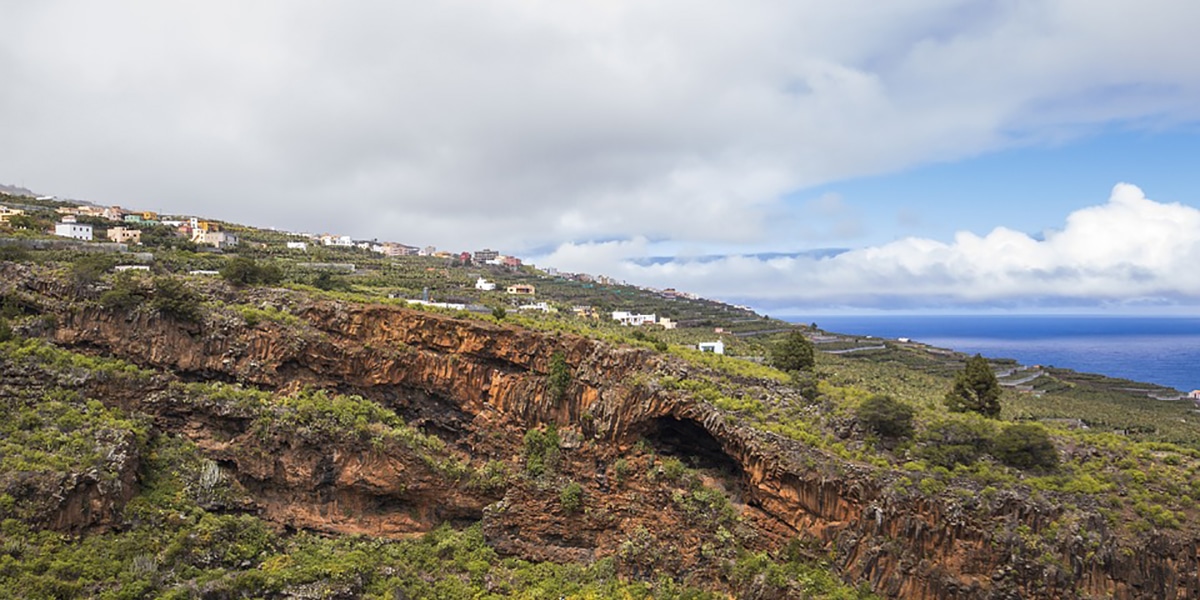
All the Canary Islands are a highly sought after destination throughout the year for its pleasant temperatures and for its great natural spaces and beaches. If we are looking for relaxation and a destination that entertains us in equal measure, these islands are the perfect choice. This time we will talk about La Palma, an island belonging to the autonomous community of the Canary Islands.
This island of La Palma is the second in altitude thanks to the Roque de los Muchachos. It has been declared a Biosphere Reserve and offers many charms to visitors who come to it. Let's see what are the places of interest on the island of La Palma.
Caldera de Taburiente National Park
One of the things that will most impress of the island of La Palma are its incredible and changing natural landscapes. This is one of the few national parks in Spain and it offers us great hiking trails and places to visit. It occupies up to ten percent of the entire surface of the island, so your visit is absolutely essential. This national park is the result of numerous landslides after different volcanic eruptions throughout the centuries. In it you can see some of the most interesting peaks such as Roque de los Muchachos or La Cumbrecita.
Boys roque

El Roque de los Muchachos, within the national parkIt is the highest point on the entire island, an ideal place to have the best possible views. This area can be easily reached by car, although there are many hiking trails that run through the National Park. This rock is one of the most important natural monuments on the entire island.
Astrophysical Observatory
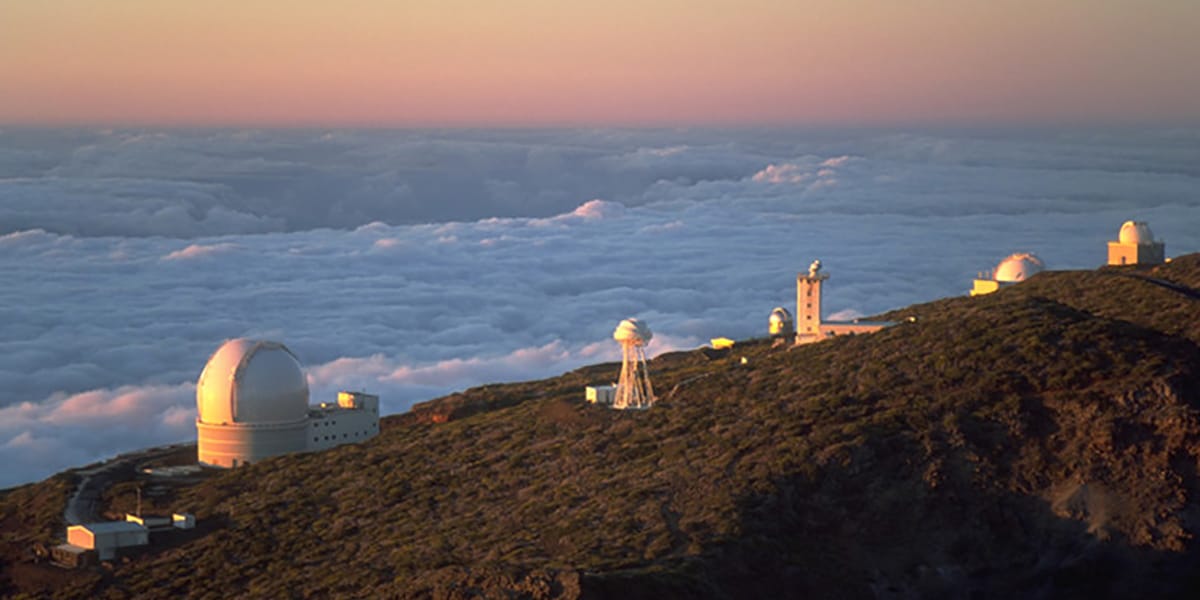
The island of La Palma has one of the better skies for stargazingHence, it is of great interest to those who study the stars. Throughout the island there are different astronomical viewpoints if this hobby is to our liking. But in the Roque de los Muchachos we have the wonderful astrophysical Observatory that we can visit inside to learn about the work of astrophysicists and to see the great Isaac Newton telescope.
Los Tilos Forest
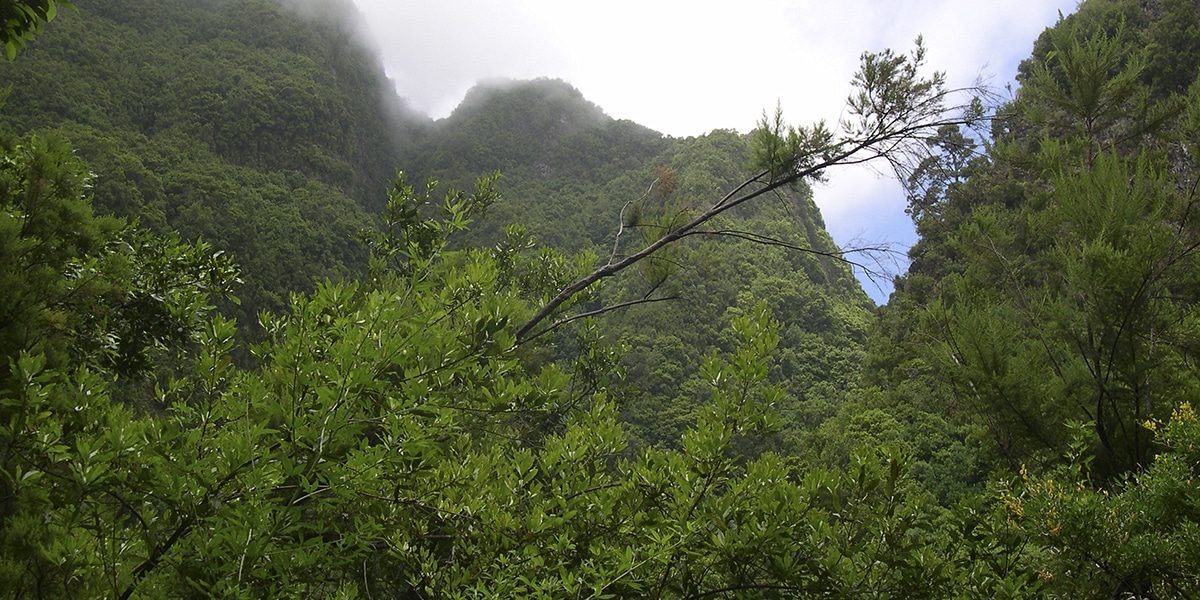
This island became UNESCO World Biosphere Reserve for its richness in landscapes. It has the laurel forest that is among the largest and oldest in all of Europe. The Bosque de los Tilos is one of the most visited places by hikers on the island due to its natural wealth. It has giant ferns and spectacular flora. In addition, there are numerous hiking trails that we can follow. One of the best known is that of the Marcos and Cordero springs, in which there are various tunnels that make the walk more fun.
Santa Cruz de La Palma
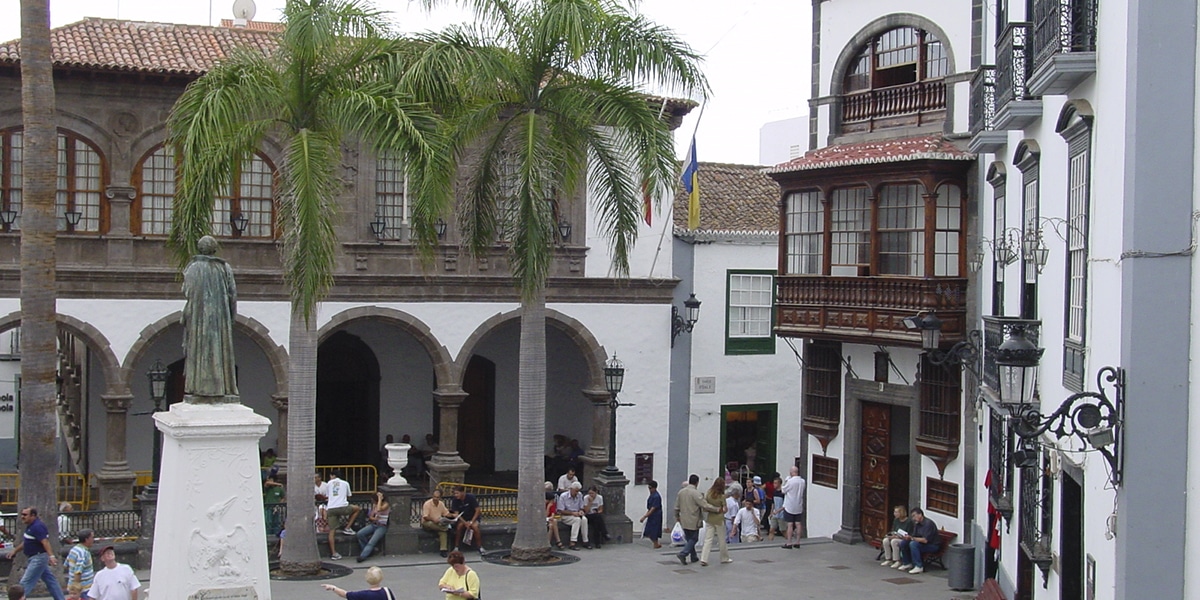
La visiting the island must pass through its capital, Santa Cruz de La Palma. This city has a great charm, with those wooden balconies and houses that remind us of a past that is still present. The Plaza de España is its most central point, where we find Renaissance-style buildings, with the town hall or the Salvador church. On Calle Real we will find the beautiful colonial-style facades that give these islands so much charm. In the maritime avenue we will take great photographs of the wooden balconies with flowers. In addition, this city has a beach of volcanic origin in which to enjoy that good weather on the island.
Blue puddle
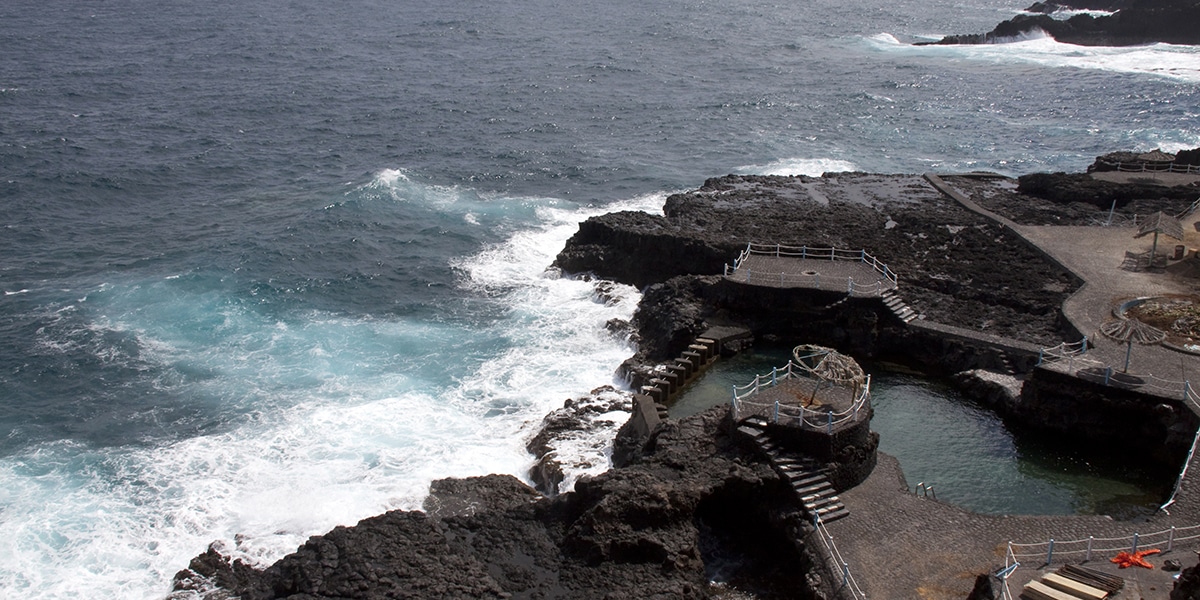
What is known as the Charco Azul is a set of natural pools found in the municipality of San Andrés y Sauces. These are pools among the rocks, but nowadays they have a great infrastructure for bathing. There is from parking to children's area, so it has become one of the favorite areas of tourists for bathing. This is important because there are not as many beaches on the island as we can find, for example, in Tenerife.
Salinas and Fuencaliente lighthouse
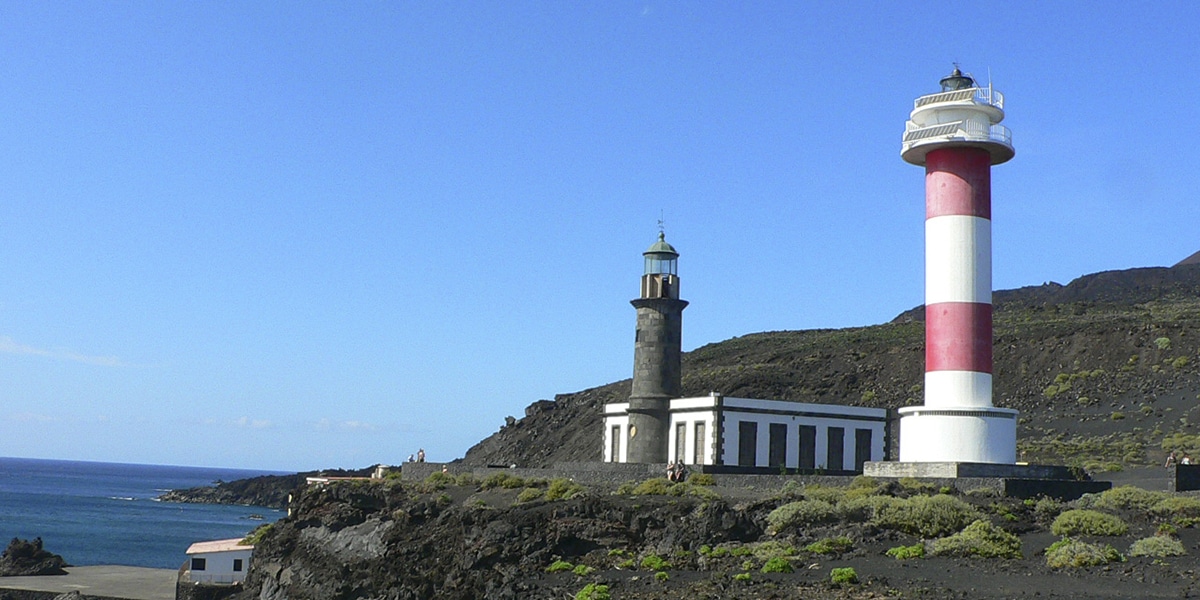
This is a peculiar visit within the island, with a beautiful marine landscape. The Fuencaliente lighthouse is located in the southern part of the island. There are two lighthouses together, one the old one, from the beginning of the XNUMXth century, and the other the newer, from the eighties. Although there was a project in the old one to create a space with the history of the lighthouse, the truth is that it was not opened. Today the two can be seen from the outside to take beautiful pictures of the headlights. Next to these lighthouses are the salt flats, an area where sea salt is collected and which has been declared a Natural Area of Scientific Interest in 1994.